Accessible Routes to Accessible Spaces and Elements [§206.2.4]
An accessible route must connect accessible facility entrances with all accessible spaces and elements in a facility that are connected by a circulation path (§206.2.4). Exceptions for accessible routes to stories and mezzanines (§206.2.3 and §206.2.4, Ex. 3) do not extend to level changes within a story or mezzanine that are part of a required accessible route to spaces or elements. These exceptions apply only to the portions of an accessible route that connect stories or that connect a story and mezzanine.
Dining Areas in Restaurants and Cafeterias
In newly built restaurants and cafeterias, an accessible route must serve all dining areas, including those that are raised or sunken or located outdoors (§206.2.5). If a story or mezzanine is exempt from the requirement for vertical access, an accessible route within each story or mezzanine is still required to connect dining areas and other spaces and elements even though an elevator (or ramp) does not serve the story or mezzanine.
In alterations, an accessible route is not required to existing raised/ sunken dining areas or to all parts of outdoor dining areas if the same services and decor are available in other dining areas that are accessible (§206.2.5, Ex. 2). A platform lift (or limited use-limited application elevator) can be used to provide access to such areas in alterations, but not in new construction (§206.7).
Performance Areas An accessible route must connect stages and other performance areas directly to seating areas where they are directly connected by a circulation path as well as to dressing rooms and other ancillary spaces used by performers (§206.2.6).
Press Boxes [§206.2.7]
An accessible route is required to press boxes except where the aggregate area of all press boxes serving a playing field or assembly area is no more than 500 sq. ft. if press boxes are either:
-
free-standing and elevated above grade at least 12’ or
-
located in bleachers with points of entry on one level.
Free-Standing Press Box
Bleacher-Mounted Press Box
The 500 sq. ft. maximum applies to the gross floor area, including exterior floor space, of all press boxes serving a playing field, stadium, or other assembly area. If a site has multiple assembly areas with press boxes, the aggregate area of press boxes is to be calculated separately for each assembly area.
Employee Work Areas [§206.2.8]
Common use circulation paths must be accessible in employee work areas that are 1,000 sq. ft. or more in size. This applies to the size of work areas as defined by permanently installed walls, partitions, counters, casework, or furnishings, but not modular partitions or furnishings, including systems furniture. Other portions of areas used only by employees for work are not required to comply.
This requirement does not apply to employee work areas that are either less than 1,000 sq. ft. in size or that are exterior and fully exposed to the weather. However, these types of employee work areas still must be accessible for “approach, entry, and exit” (§203.9). This requires a connecting accessible route to the work area, a compliant entrance, including entry doors or gates, and a wheelchair space within the work area. Work areas must also be served by an accessible means of egress, as required by the International Building Code. (See the ADA Scoping: New Construction Guide.)
Recreation Facilities [§206.2.9 – §206.2.17]
The ADA Standards also address accessible routes to amusement rides, boating facilities, bowling lanes, court sports, exercise machines and equipment, fishing piers and platforms, golf and miniature golf facilities, and play areas.

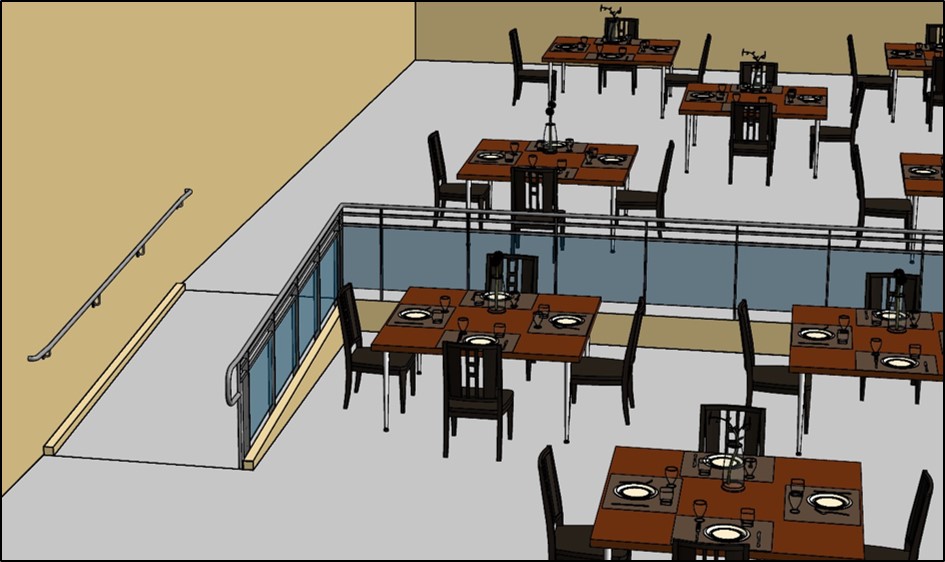


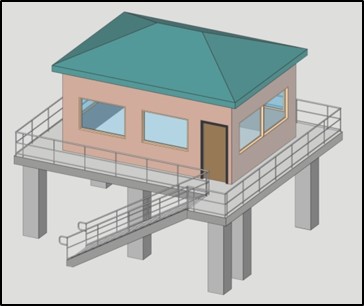
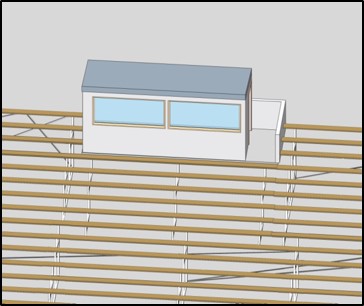
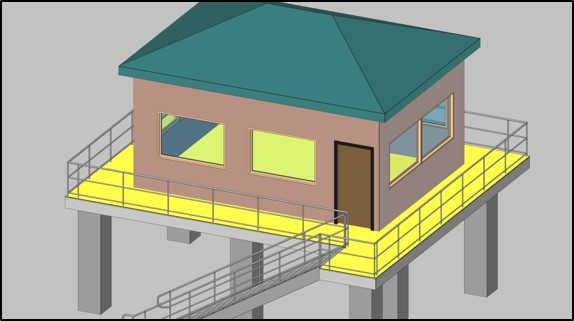
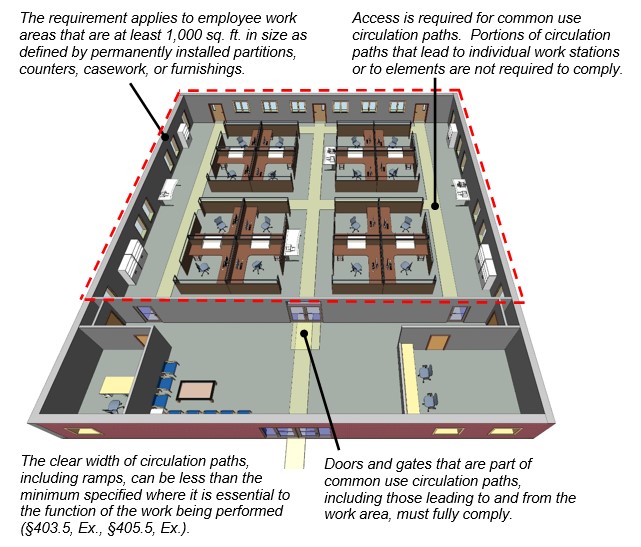


User Comments/Questions
Add Comment/Question